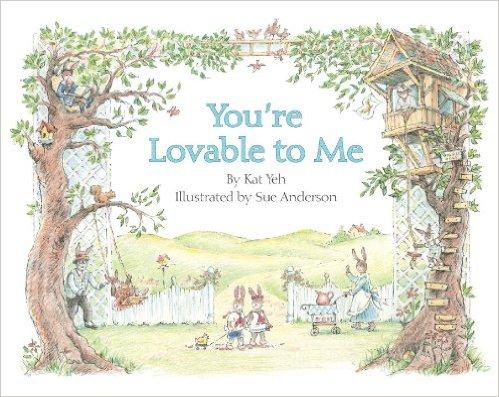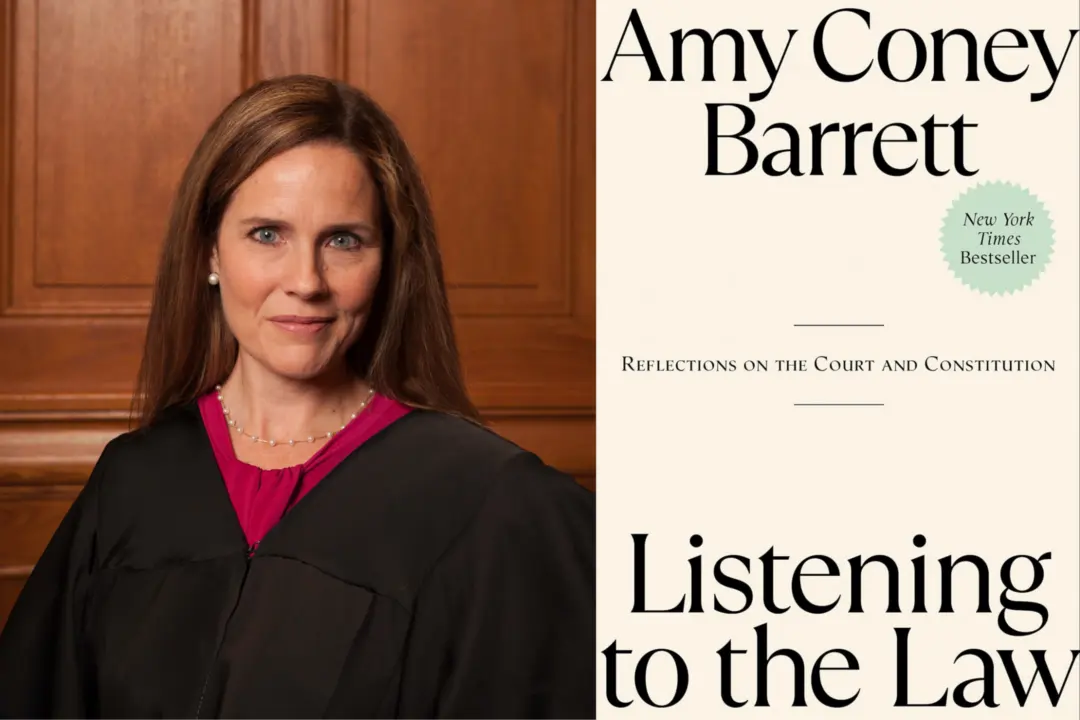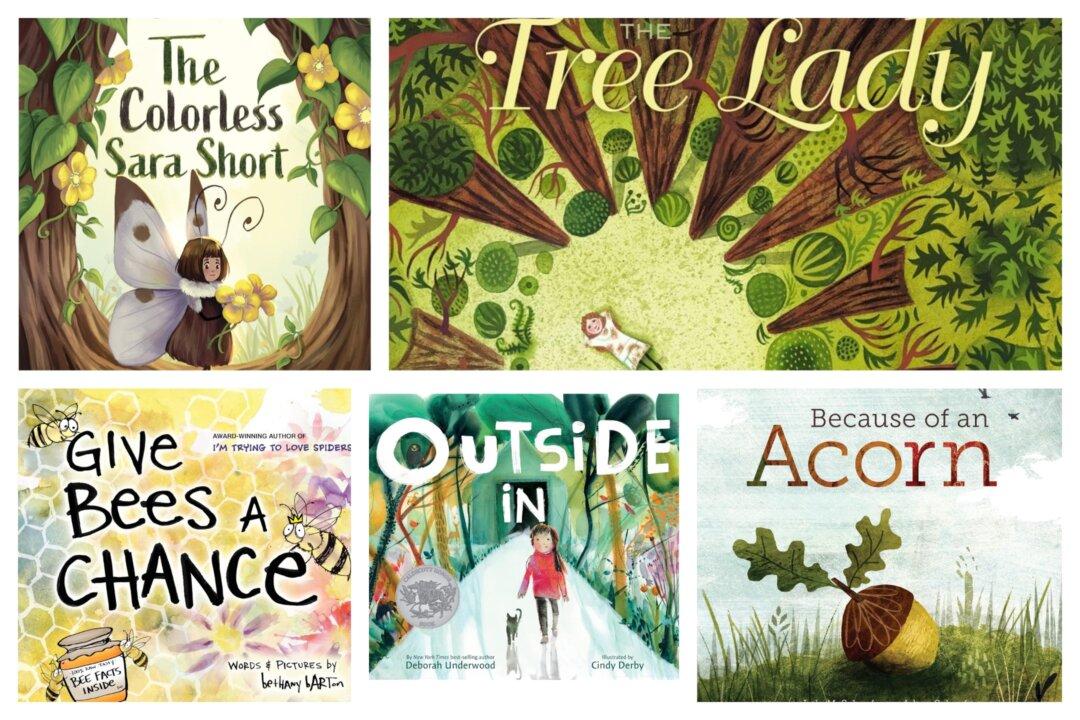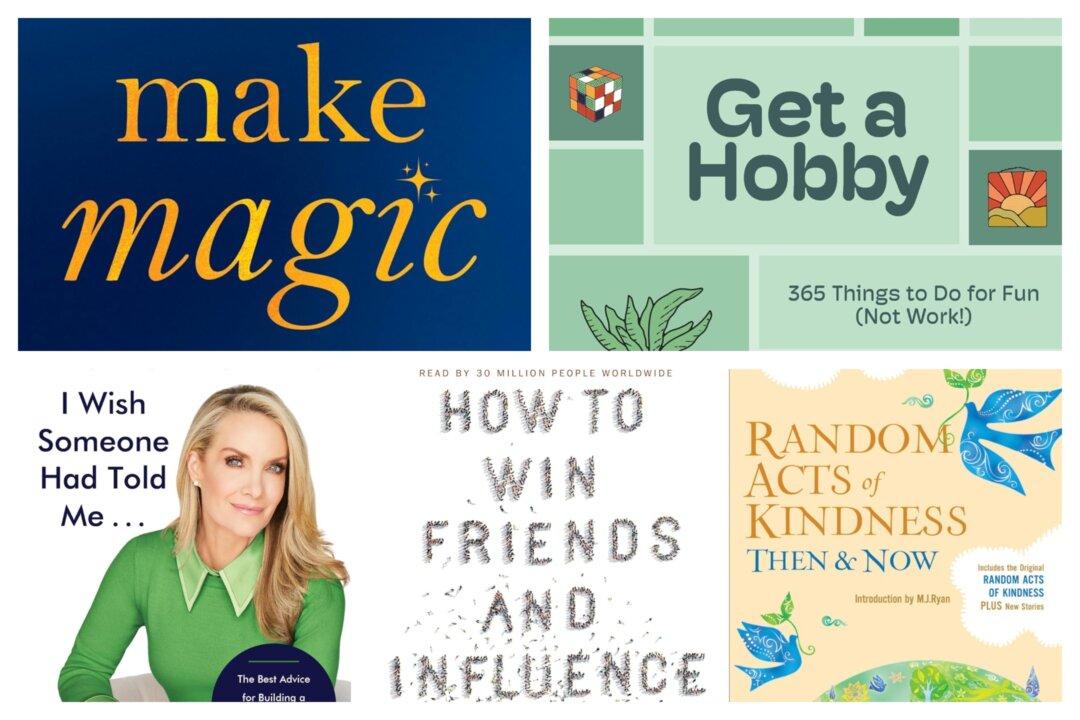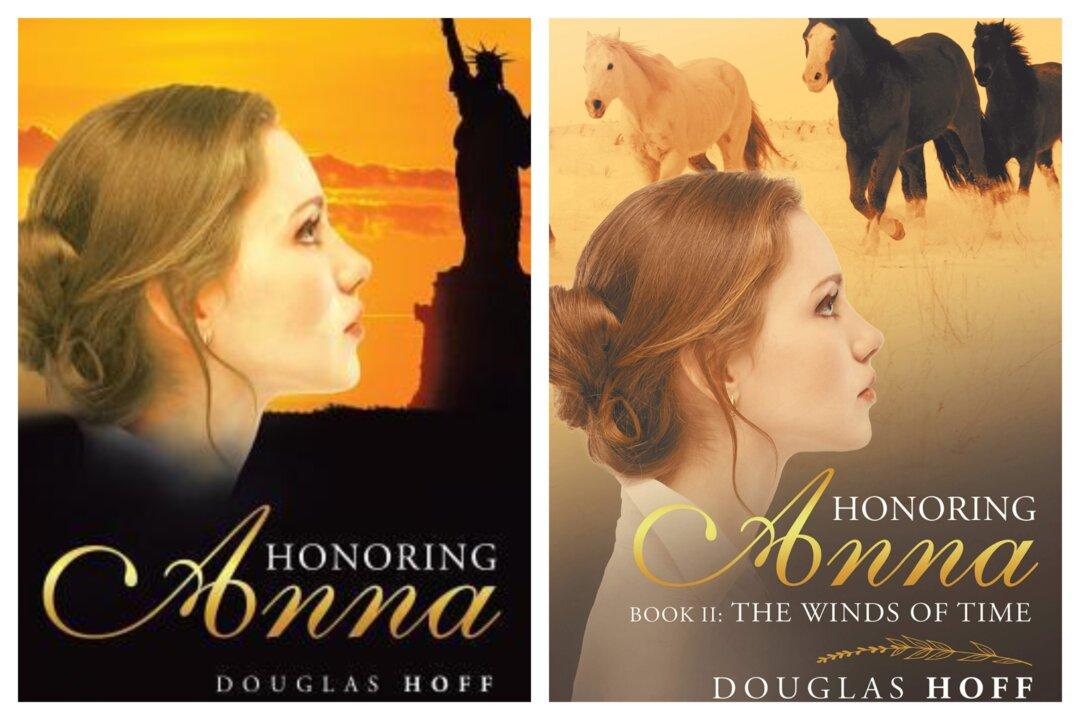February is the month of love, but in my opinion this subject is worth attention all year long. Leo Buscaglia, also known as “Dr. Love,” earned this nickname because he was an author and motivational speaker on the subject. As he said, “Every day we are offered new means for learning and growing in love.”
Buscaglia was my inspiration when choosing these books, which I believe help children see some ways love is expressed.
Love Is Passing Down Wisdom From Generation to Generation
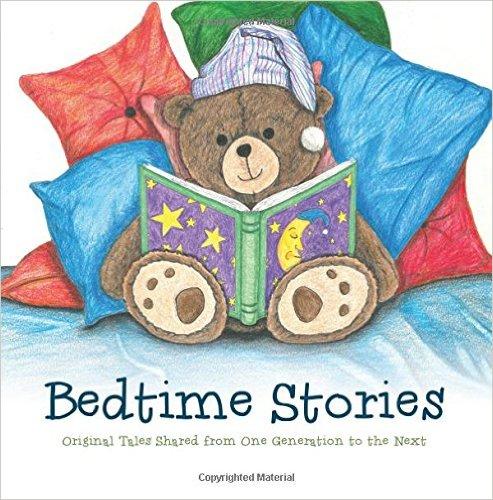
Holiday Retirement

